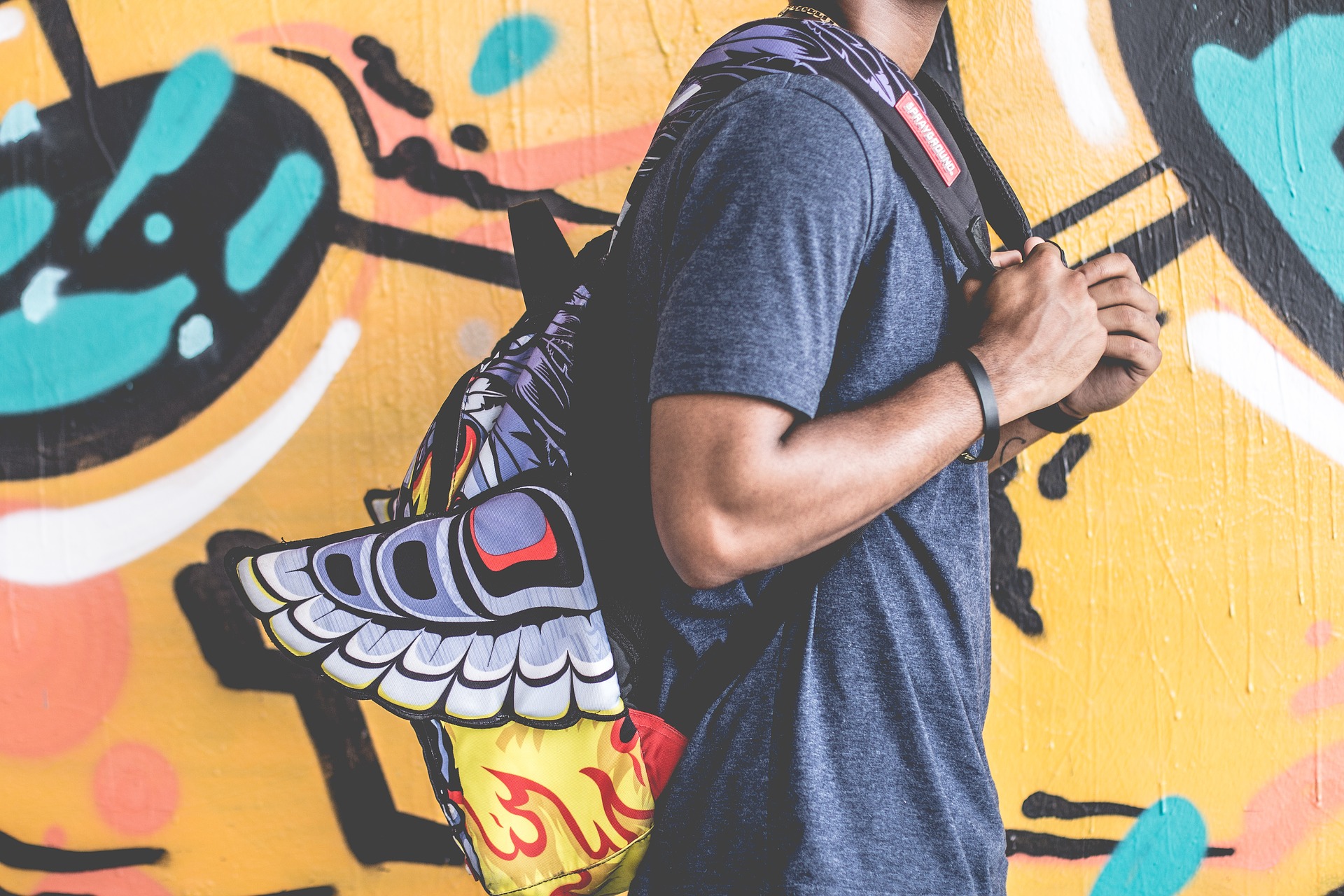Media on the Streets Tour
Students will assess various types of street media, reflect on how media shapes our thoughts and behaviors, and experiment with using media to express & amplify their own ideas and perspectives.
Students will assess various types of street media, reflect on how media shapes our thoughts and behaviors, and experiment with using media to express & amplify their own ideas and perspectives.

Tour Info
Through group discussions, collaborative activities, and role play, students will dive into the world of media and explore its pervasive influence on our thoughts, actions, and society. By analyzing different forms of media and their messages, they’ll gain a deeper understanding of how media shapes our world and how they can use it as a tool for expression, engagement, and positive change. Students will critically evaluate the content they consume and gain insight into how to harness media to amplify their voices and ideas.
HIGHLIGHTS
• Explore how media shapes perception, using examples from a mass broadcaster.
• Analyze the strategies used by governments and businesses to influence public thoughts and actions through media.
• Visit a gallery of media technology and discover how technology has evolved to enable more diverse voices to participate in mass media creation.
• Conduct a street-level media analysis to identify target audiences, message senders, intended behavior or thought changes, and brainstorm ways to make these messages more effective.
• Step into the role of journalists, gathering public opinions on a current issue, and begin developing a news story based on that research.
Available in English & French.
**Starts at the CBC headquarters on Front and John streets. Ends on Queen Street, near Bell Media studios and steps away from Kensington Market. There are fast-food outlets galore, or students can bring a lunch and eat in the AGO’s Grange Park.

Curriculum Connections
Language – Media Literacy: students learn to identify and interpret different types of media, including print, visual, and digital media.
English – Oral Communication: students develop their oral communication skills through a variety of activities, such as storytelling, role-playing, and group presentations.
Social Studies – Citizenship and Identity: students explore citizenship and identity, including the rights and responsibilities of citizens in a democracy.
Visual Arts – Media Arts: students explore the basic elements of media arts, including visual, sound, and animation.
Language – Media Literacy: students further develop their media literacy skills by analyzing media messages, evaluating sources, and creating media products.
English – Oral Communication: students further develop their oral communication skills through activities such as debates, speeches, and media presentations.
Social Studies – Citizenship and Identity: students explore the concepts of citizenship, identity, and diversity in Canada and the world.
Visual Arts – Media Arts: students explore media arts through a variety of media, including film, video, and digital media.

How to Prepare your class, and what to bring on the day of the tour
When teachers book a tour for their class they will receive an information package that will:
-> outline any in-class preparation activities to be done prior to the tour
-> list materials & items that students should bring on the day of the tour
Book A Walk Today
Testimonials
“The guides were knowledgeable, the content was engaging, and the activities were relevant. My students loved it! The tour was a great way for my students to learn more about the media industry while exploring various types of media found in an urban setting.”
–Pam H, Media Studies Teacher, F.E. Madill SS, Wingham, ON
“Our students enjoyed all aspects of the walk, but if I had to pick a favourite, it would be the reporter-on-the-street activity. We were amazed how they took to it and the courage they demonstrated in approaching the public. The follow up assignments were excellent also. We had them complete the news article as individuals and the advertising assignment in their groups. The rubrics were also well thought out.”




